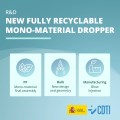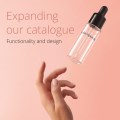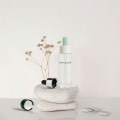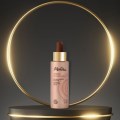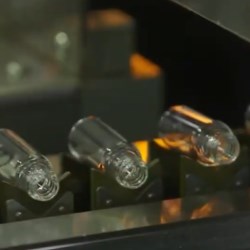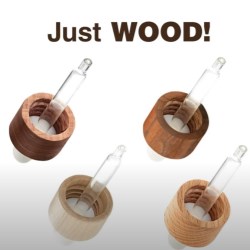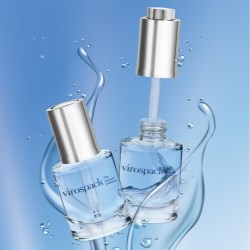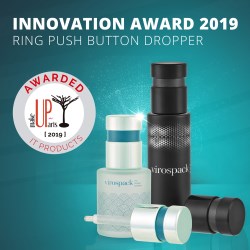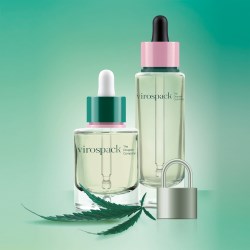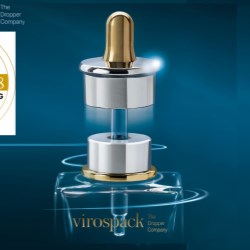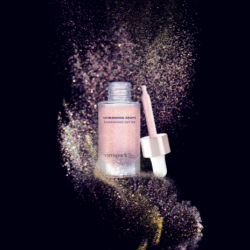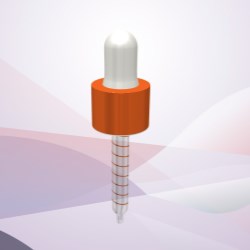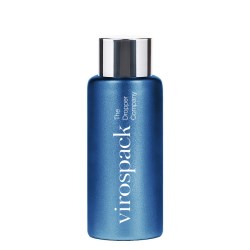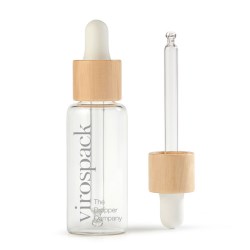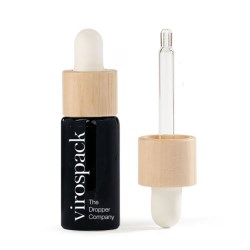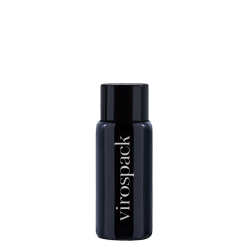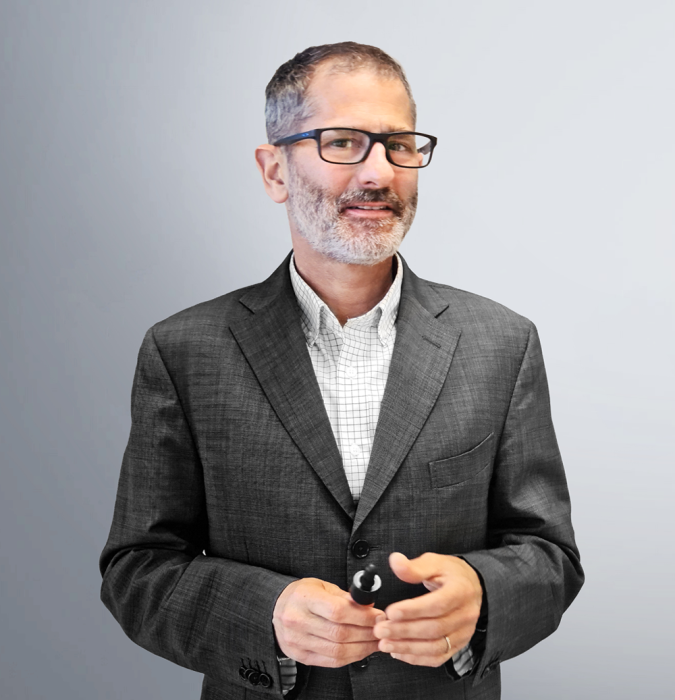

As the world continues to push towards sustainable business models, how do you personally define sustainability or determine if a product/action/process is actually sustainable or not?
Being sustainable begins when we’re aware of the impact all our actions and decisions have on the environment, both in our personal life and professional activities. When you make a commitment to reduce the emissions and waste derived from industrial processes you are taking the first step forward, the problem is it isn’t always easy to, as you say, determine if its sustainable or not. Sometimes changing the material, you work with will have immediate and tangible results you can present to the public, it can be more recyclable, weigh less, be biodegradable, etc. but sometimes a change in the distribution process, for example, might take a longer time to compare and proof itself to be more environmentally friendly than an older model.
That said, the best way to start is to spread awareness beyond the heads of a business. No company can achieve sustainability if only a few people are working to get there: every action taken matters. That’s why at Virospack we have insisted on applying a green approach across the factory, where we all keep in mind that we are in constant search for improvement.
By changing the way an entire organization acts, daily habits keep on modifying outside the job. Suddenly everyone involved becomes more responsible when using the resources we have, re-thinking and changing our habits about how, what, and how much we buy or eat, how we move, how we use and repair objects rather than buying new ones... There’s a lot of small things we can do, and they are all important.
The idea of sustainability has been trending for a while, most companies are jumping on the wagon while not doing much to have a real impact on the environment. How did you begin to execute true sustainable solutions and strategies in Virospack? What challenges did you face? How do you keep evolving as technology improves?
The first step was to think about the components we manufactured. Asking ourselves: what materials can we use to be more sustainable? Can they be recycled? Is PCR (Post-Consumer-Recycled) available? Is there any grade of bioplastic materials we can use? And this didn’t stop at the packaging we produced, we had to consider the packaging we use in our manufacturing processes.
That led to step two: our industrial activities. How can we modify our business model to make it more sustainable? How can we make our equipment and machinery more efficient?
But the real problem is sustainability is a challenge for primary packaging manufacturers, especially when you produce droppers, like we do. Changing materials isn’t just a choice you make one day; everything we use has to pass relevant homologation processes both at compatibility and functional levels. And, you see, though brands increasingly demand environmentally friendly droppers, it’s not easy to get the luxury finishes the same brands ask from us and be respectful with the planet. Glossy and metallic looks are beautiful, but harder to recycle. So, it can become a contradiction we have to learn to unravel.
When it comes to metallization, for example, we have made several changes to reduce the impact it has on the environment. Some with immediate results, like the new design of tools to increase the number of metallized parts produced in less time, and some that have taken months to provide measurable differences, like our newly acquired Sputtering metallizing line – apart of the 2 high vacuum system lines – which has a lower energy consumption.
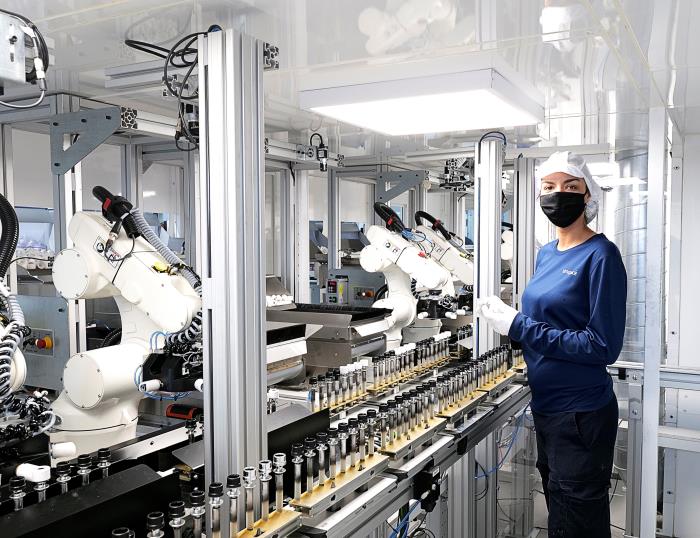
That’s why research and development matters so much. Our determination to integrate the 4Rs applies to all practices involved in the manufacture, decoration, packaging, marketing, and distribution of our products. For instance, we manufactured mono-material trays designed to hold a greater capacity of units and thus reduce the air consumption per unit sent, we use cartons with certifications of sustainable origin and our pallets are always recycled to increase their lifetime. When it came to the products themselves, we have devolved a range of droppers made with PCR materials, recycled droppers, and 100% recyclable droppers. We began using Arglass, a more sustainable material, in the molding of our bottles. And for the buildings we improved our energy consumption by, for example, providing air conditioning to our warehouses through 100% renewable self-generated energy.
Among our latest developments, we have:
- 100% RENEWABLE ENERGY for all our facilities and processes.
- Regenerative catalytic oxidizer to reduce the COV’s emissions.
- Solar thermal panels in every site.
- Zero Spill in residual water thanks to our water depurations system.
Although we see more and more recyclable solutions in the market every day, not everything gets recycled. Contaminated parts, a combination of different materials in one packaging, and a misunderstanding on how to properly dispose of a product make it hard for our waste to be stored at recycling facilities. How can a big company like Virospack help consumers dispose of their packaging correctly or easily?
The answer is straight forward: the less materials used, the easier it will be to recycle. When a disposed product is taken to a recycling facility, certain parts will be recycled while others will inevitably be discarded because they don’t comply with basic requirements. Let’s say, if there is any metal involved, it won’t read as a plastic and won’t complete the recycling process. And though many packaging products are recyclable in theory, they have to be separated before they’re discarded, so that each part goes where they’re supposed to go.
At Virospack we are already developing a new push button dropper made entirely in PP, and is therefore mono-material. With this dropper you won’t have to do anything other than throw the dropper in the correct bin. But as I said before, it’s not easy, this is a development that has even meant the modification of the design and geometry of our bulbs. It takes time. However, there’s more ways we can execute a “green push”, and one of the keys is PCR. Our latest innovation is our range of 100% recyclable recycled droppers which can also be fully disposed in any plastic recycling bin, as all the components are recycled together. A double contribution to the environment, since on one hand you are already implementing recycled plastic and on the other, you’re creating a product than can be recycled again.
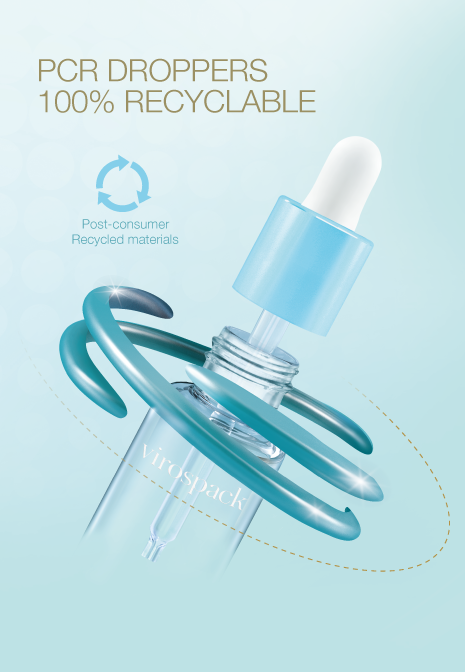
Following that line of thought, what materials are easier to recycle? Has Virospack invested in new materials, solutions or components to meet the upcoming policies and environmentally friendly legislations?
From my point of view, the use of PCR is key, the increase of its use will imply a bigger demand and a need to use materials that can be recycled. At this point, it’s crucial to design products with recycled and recyclable materials from the very beginning of the project. This is a fundamental resource going forward, present in all materials that have already been processed and able to recirculate the market. At Virospack we are currently betting on PCR to meet with upcoming legislations, particularly in France where all materials with a styrene foundation will be forbidden by 2025, unless that they can be recycled.
We think that the use of so-called bioplastics is another alternative, although we believe that we are in danger of causing an increase in the prices of basic consumer foods, since most are made primarily from flour or starch from corn, wheat, or other grains. The truth is we still find very little bioplastics derived from agricultural waste.
As we have mentioned before, other steps in the process have an effect in the overall recyclability factor, like painting and metallizing. At Virospack we were pioneers at introducing water-based lacquers in our paint, and high-solid lacquers in metallization. We are currently working to introduce water-based and bio-based lacquers in the metallization process.
Another example can be glass production. Currently most thread vials are made of Neutral Glass (type I) because of chemical requirements and dimensions, but AR glass (type III) is easier to recycle. Finding a way to use more type III and less type I is a challenge the industry is facing already, and at Virospack we have already started to use AR in several references.
Recycling empty packaging isn’t the only way to execute a sustainable strategy. What other processes do companies have to consider when adopting eco-friendly guidelines?
Machinery and technology are essential, we need to be more efficient, use less resources and reduce the contamination of air, water, and land. When it comes to plastic, for example, Virospack has replaced all its old molds with new high-tech variations incorporating hot runners with valves, which have reduced the amount of plastic used in runners to zero and produced better-quality parts.
Talking about the importance machinery has, are our newly arrived tube manufacturing glass machines, which not only increase our productivity, but because of the way they operate – with 2 machines sharing a single oven – we considerably lessen our strain on the planet. This, together with the production of light weight tube bottles, makes the whole process a far more sustainable solution.
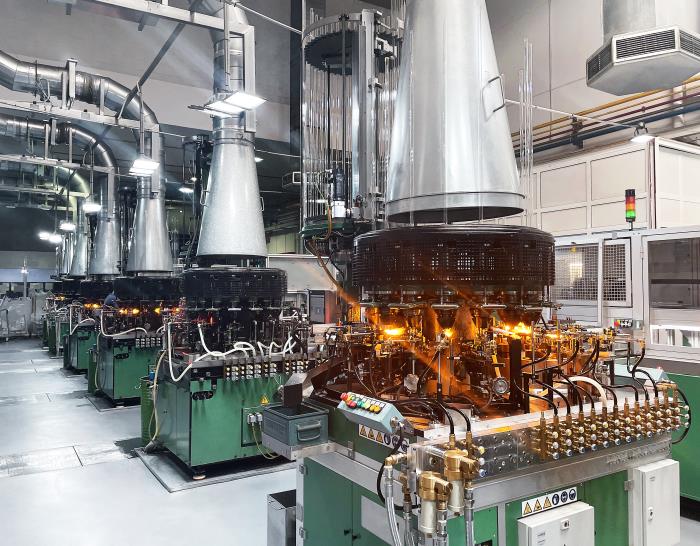
Do you think consumers are asking for more sustainable solutions or are manufacturers and brands the ones leading the change?
Everyone is involved. Not every person recycles, but we can already see the effects our economy has on the planet and that has led governments to become quite strict about it. There is already some reusable packaging out in the market, but the trend will become a reality with a further increase in supply. All the packaging industry is currently working to provide clever solutions with reusable packaging. I guess in the next few years there will be far more options to choose from. The key is to make it easy to dispose or reuse, to provide a good and polished finish, and to keep up the high quality of the product. Every time the final consumer is satisfied, the more interested they will be in reusable packaging, and brands and suppliers will have to work side by side to solve this demand.
If we’re being honest, the cosmetic industry is not sustainable enough today, but it is rapidly shifting towards an environmental commitment. However, in accordance with the 94/62/CE, by 2025 65% of all packaging will have to be recyclable, and by the 2030 the percentage will increase up to 70% to boost the change. Right now, we all hope the final consumer adopts a strong conscious to sustainability and that becomes the catalyst for the industry to offer responsible packaging that helps preserve the planet.



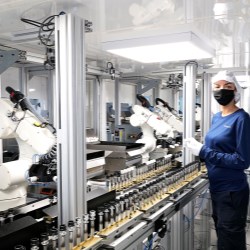
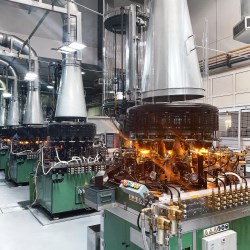


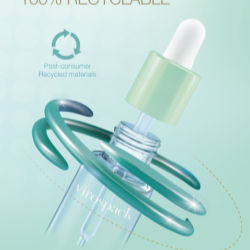

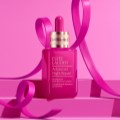
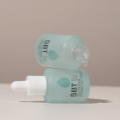
.png)



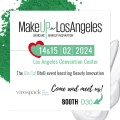
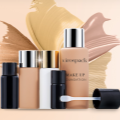
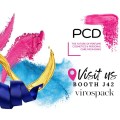

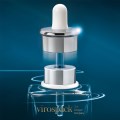
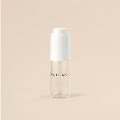
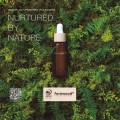

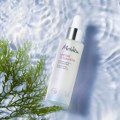
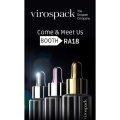
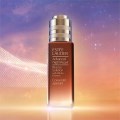
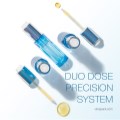
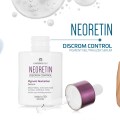
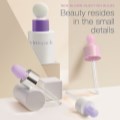


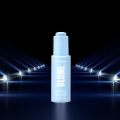
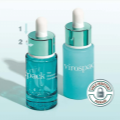
.jpg)
.jpg)
